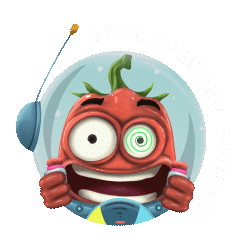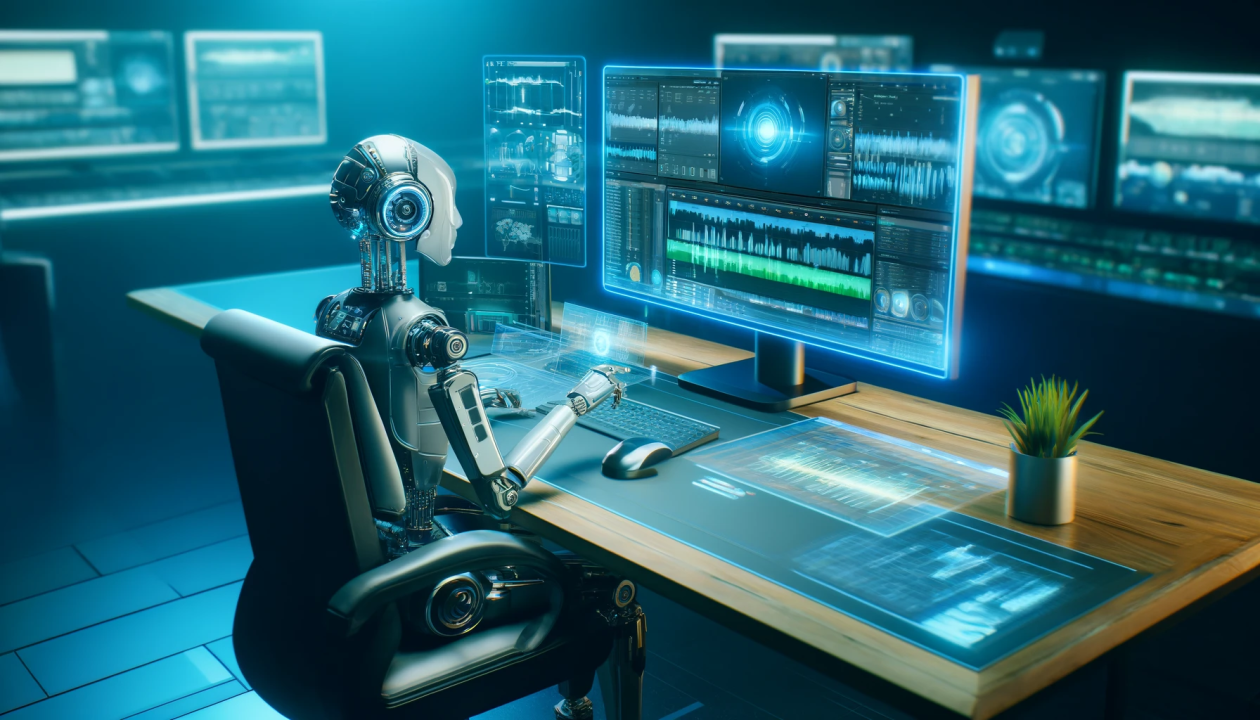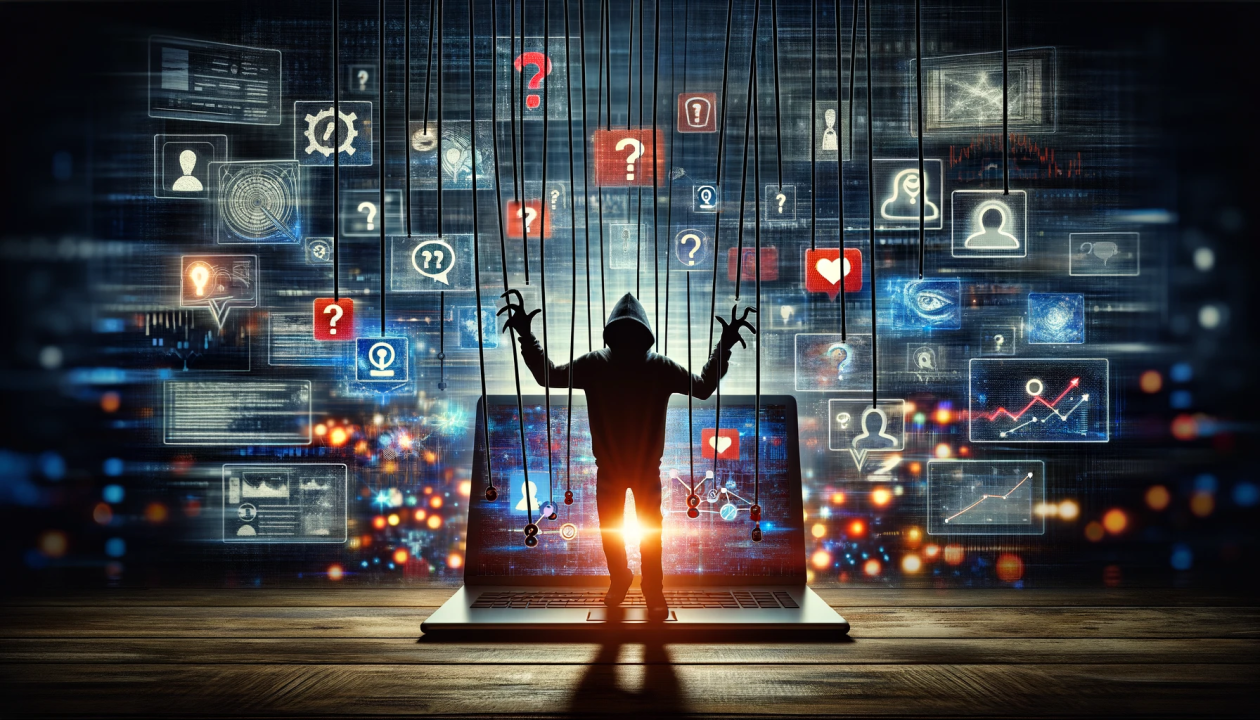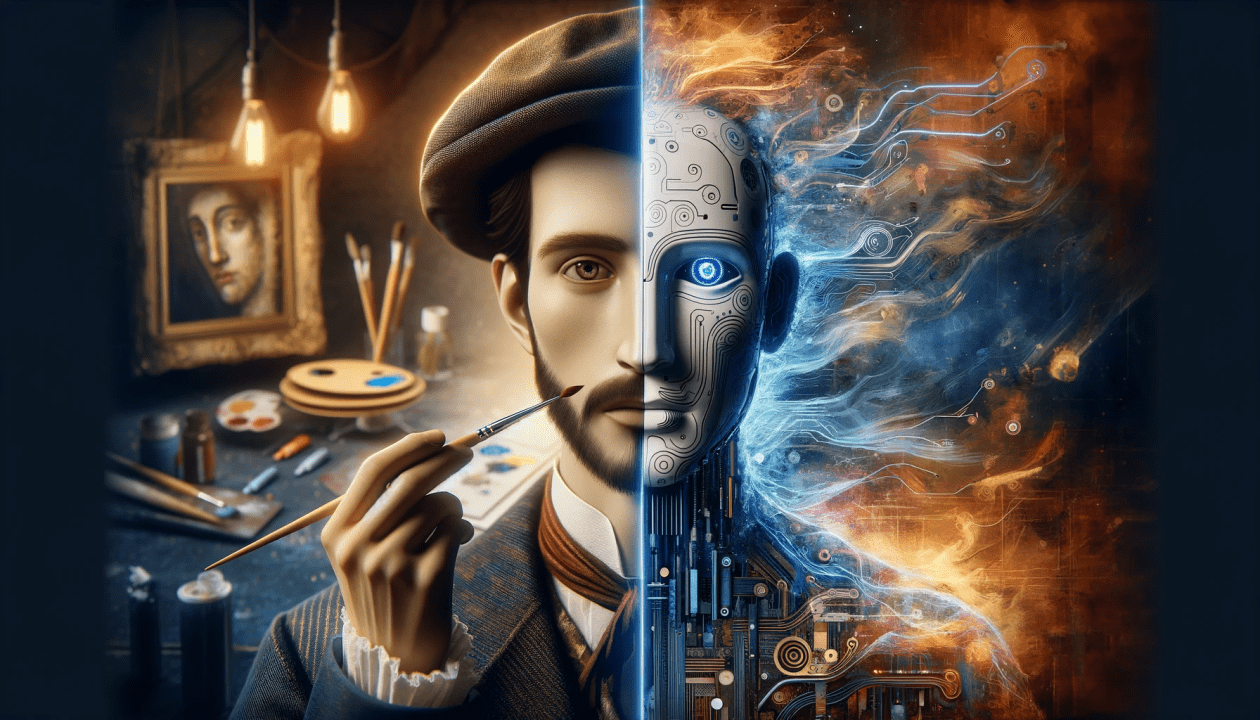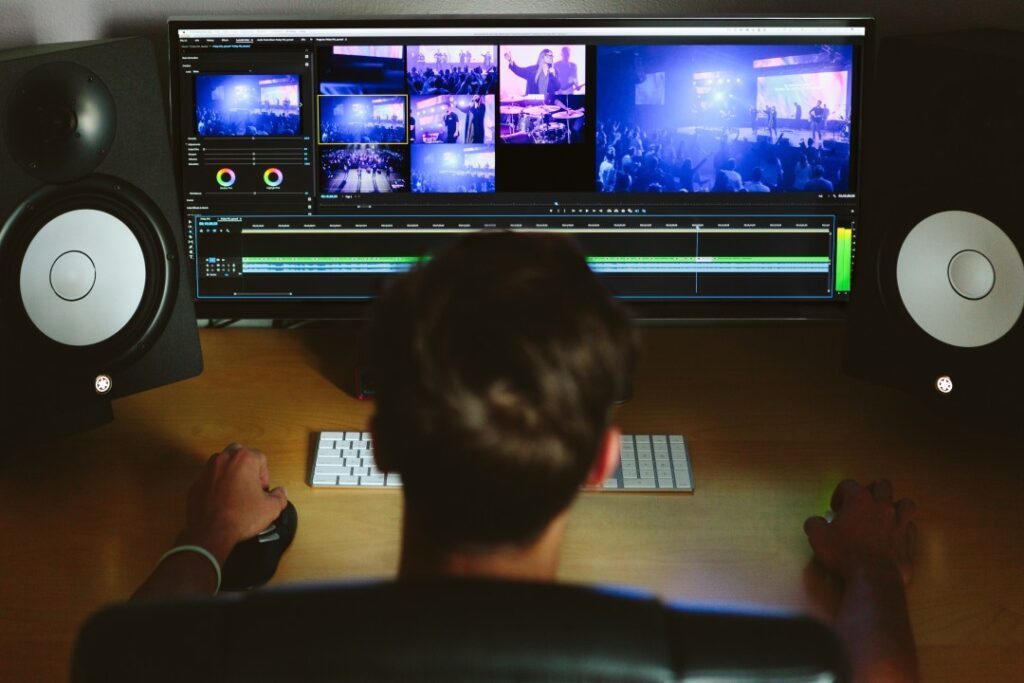
In a world where technology is continuously evolving, artificial intelligence (AI) is revolutionising various industries, and the realm of video editing is no exception.
As AI continues to make remarkable advancements, it is unlocking a limitless potential in the field of artistic video editing. This blog explores the incredible advancements and potential challenges that lie ahead, showcasing the awe-inspiring possibilities and creativity that AI brings to the world of video editing.
AI-powered video Editing tools are pushing the boundaries of creativity like never before. With access to vast libraries of visual and audio content, AI algorithms can generate stunning and unique edits that capture the imagination. These tools offer seamless integration of effects, transitions, and styles, enabling artists to experiment and produce captivating visual experiences effortlessly. The possibilities are truly boundless, empowering artists to turn their wildest ideas into breathtaking realities.
It is important to note that while AI has made significant advancements in video editing, it is not yet advanced enough to fully replace human editors. While AI can assist in tasks such as color correction and motion tracking, it lacks the creativity and human touch required for high-quality video editing. Furthermore, the field of video editing is constantly evolving, with new technologies and techniques emerging regularly. Even if AI was to become capable of replacing human editors, it would need continuous updates and training to stay abreast of the latest advancements and techniques. However, a few examples of where we see AI assisting the process of post-production are:
Automated Content Analysis:
One of the most significant advancements in AI-powered video editing lies in automated content analysis. AI algorithms can efficiently analyze video footage, identify key elements, and make intelligent decisions based on predefined rules. For instance, AI can detect emotions, facial expressions, objects, and scenes within a video. This enables editors to save hours of manual work by automating tasks such as categorizing clips, tagging footage, or creating rough cuts.
Example: Imagine a scenario where an editor has hours of raw footage from a documentary project. AI algorithms can analyse the footage, identify the key moments, and generate a preliminary cut based on predefined rules, saving the editor a significant amount of time.
Seamless Video Enhancement:
AI-powered algorithms can enhance video quality, even in challenging conditions. Through machine learning, these algorithms can analyze and understand the patterns within a video, and intelligently fill in missing or degraded information. This leads to improved image stabilization, noise reduction, and upscaling capabilities, ultimately resulting in visually stunning and polished videos.
Example: A filmmaker shoots a scene with a handheld camera, resulting in shaky footage. AI-based video stabilization algorithms can analyze the motion patterns and automatically stabilize the video much more efficiently than current stablizer plugins available, eliminating unwanted jitters and providing a smooth viewing experience.
Intelligent Automated Editing:
AI’s potential shines when it comes to automating repetitive and time-consuming editing tasks. By leveraging machine learning and deep neural networks, AI algorithms can learn from vast amounts of data to understand editing principles and aesthetic choices. This enables them to make intelligent suggestions or even autonomously generate coherent edits, saving editors valuable time and effort.
Example: An editor wants to create a highlight reel from hours of sports footage. AI algorithms can analyze the game’s tempo, player movements, and audience reactions to automatically generate a captivating and well-paced edit, highlighting the most exciting moments.
Enhanced Creative Expression:
AI-powered tools are empowering artists with new means of creative expression. They can generate unique visual effects, manipulate scenes in surreal ways, and experiment with different styles effortlessly. By combining the creativity of human artists with the computational power of AI, the possibilities for innovative and groundbreaking artistic editing are expanded exponentially.
Example: A music video director wants to create a visually stunning sequence that morphs the artist’s face into various abstract shapes. With AI-powered tools, the director can easily achieve this vision by employing facial recognition algorithms and applying generative visual effects, resulting in a captivating and visually striking sequence.
Intelligent Content Adaptation:
AI algorithms can adapt and repurpose content for different platforms and aspect ratios seamlessly. By understanding the composition and the main elements within a video, AI can intelligently reframe shots, adjust aspect ratios, and even generate custom thumbnails or cover images optimized for different platforms.
Example: A video creator wants to repurpose a horizontal video for vertical viewing on a social media platform. AI algorithms can analyze the video’s content, identify key elements, and intelligently reframe the shots to fit the vertical aspect ratio while preserving the most important visual information.
No alt text provided for this image
Looking ahead, the future of artistic editing is promising. As AI continues to mature and evolve, it will undoubtedly offer even more sophisticated tools and techniques to empower video creators. With each advancement, the boundaries of artistic expression in video editing will be expanded, enabling creators to bring their visions to life with greater efficiency and creativity.
In conclusion, AI’s boundless potential in video editing is opening up new horizons, transforming the editing process, and empowering editors to push the boundaries of their art. While AI is not a replacement for human editors, it is a powerful tool that, when harnessed effectively, can revolutionize the way we create and experience videos. The future of artistic editing lies in the synergy between human ingenuity and AI’s remarkable capabilities, propelling video editing into a new era of limitless possibilities.
Also take a look at our recent blog on Video Production in the New Normal 2.0
